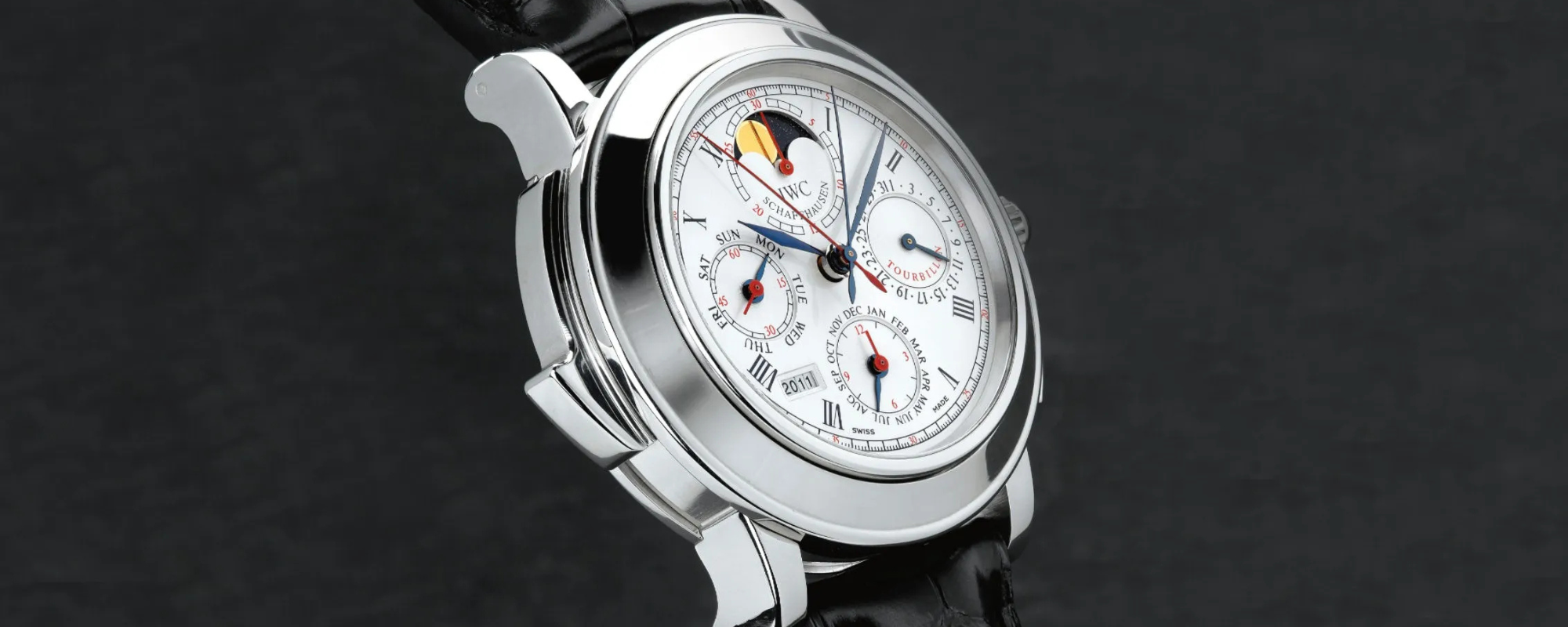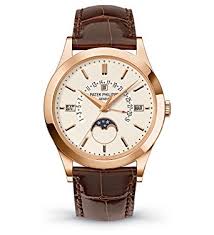📅 The Shock of 1969
Just over 55 years ago, in December 1969, the world of horology was rocked 💥 by the debut of the first men’s quartz watch — the Quartz-Astron 35SQ by Japanese company Seiko 🇯🇵. But this innovation didn’t appear out of nowhere ❄️ — it was the culmination of a centuries-long evolution in timekeeping ⏱️
🧪 The Birth of a New Era
It began in 1840 when Swiss inventor Alexander Bain created the first electric clock 🔋. His innovation paved the way for great scientists like Pierre & Marie Curie, Gabriel Lippmann, and Paul Langevin ⚛️. Their inventions — voltmeters, ultrasonic receivers, piezo elements — laid the groundwork for the first quartz clock by Warren Morrison in 1927 🧠. It was room-sized but offered a breakthrough time standard ⏳
🧬 Key Milestones in Quartz Development
📍 1930s — U.S. opens its first quartz crystal production center
📍 1952 — France’s LIP and America’s Elgin partner to develop electric wristwatches
📍 1962 — First prototypes at Centre Electronique Horloger (Switzerland)
📍 1967 — Neuchâtel Observatory certifies record accuracy: 0.152 sec/day ⏲️
📍 1970 — Hamilton Pulsar debuts with a digital LED display 🔢
During this time, Seiko assembled a team of scientists 🧑🔬 to miniaturize quartz tech and mass-produce it. By 1964, their quartz stopwatch was used at the Tokyo Olympics 🏅
⚙️ How Quartz Watches Work
A quartz watch is an electronic timepiece stabilized by a quartz crystal oscillator 💎. Unlike mechanical watches that rely on gears and springs, quartz watches use the piezoelectric effect: the crystal vibrates at a precise frequency to regulate timekeeping 🎯
✅ Advantages of Quartz Watches:
Exceptional accuracy ⏰
Long lifespan 🔋 (batteries last up to 10 years)
Low maintenance 💵
Durability and diverse design options 💼
💥 The Quartz Quake
In 1969, the Seiko Astron cost $1250 — the price of a small car 🚗. Still, the first 100 units sold out in a week! Seiko went full speed ahead 🥷, while Swiss brands formed a 20-company consortium (Omega, Rolex, Patek Philippe, etc.) to develop Beta 21 🔄. But producing 6,000 units proved too costly 🧨 — the alliance fractured.
At the 1970 Basel Fair, Longines and Girard-Perregaux unveiled their own quartz calibers — but Hamilton stole the spotlight with a digital movement 🧮
📉 The Aftermath:
🔻 Swiss watch production halved between 1974–1983
❌ From 1,618 brands, only 681 survived
📉 Market share dropped to just 15%
🇨🇭 Switzerland's image as the gold standard of timekeeping was tarnished
🔥 The Swiss Phoenix
By 1983, revival had begun. A bold merger created SMH (now Swatch Group) 💼, which consolidated production in ETA. The strategy and design were led by visionary Nicolas Hayek 🧠
✨ The outcome?
Swatch — stylish, affordable watches 🎨
Concord Delirium — world’s thinnest quartz watch (1.98 mm) 📏
Royal Oak (Audemars Piguet), Nautilus (Patek Philippe), Piaget Polo — the rise of sport-luxury style 💎⚽
🏁 Conclusion:
Despite its conservatism, Switzerland 🇨🇭:
🔧 Embraced change
🔄 Rebuilt its industry
💡 Reinvented its identity
Like a Phoenix 🕊️, it rose from the ashes. Today, Swiss mechanical watches remain a symbol of prestige, craftsmanship, and timeless appeal — for those who know what they want in life 🏆



